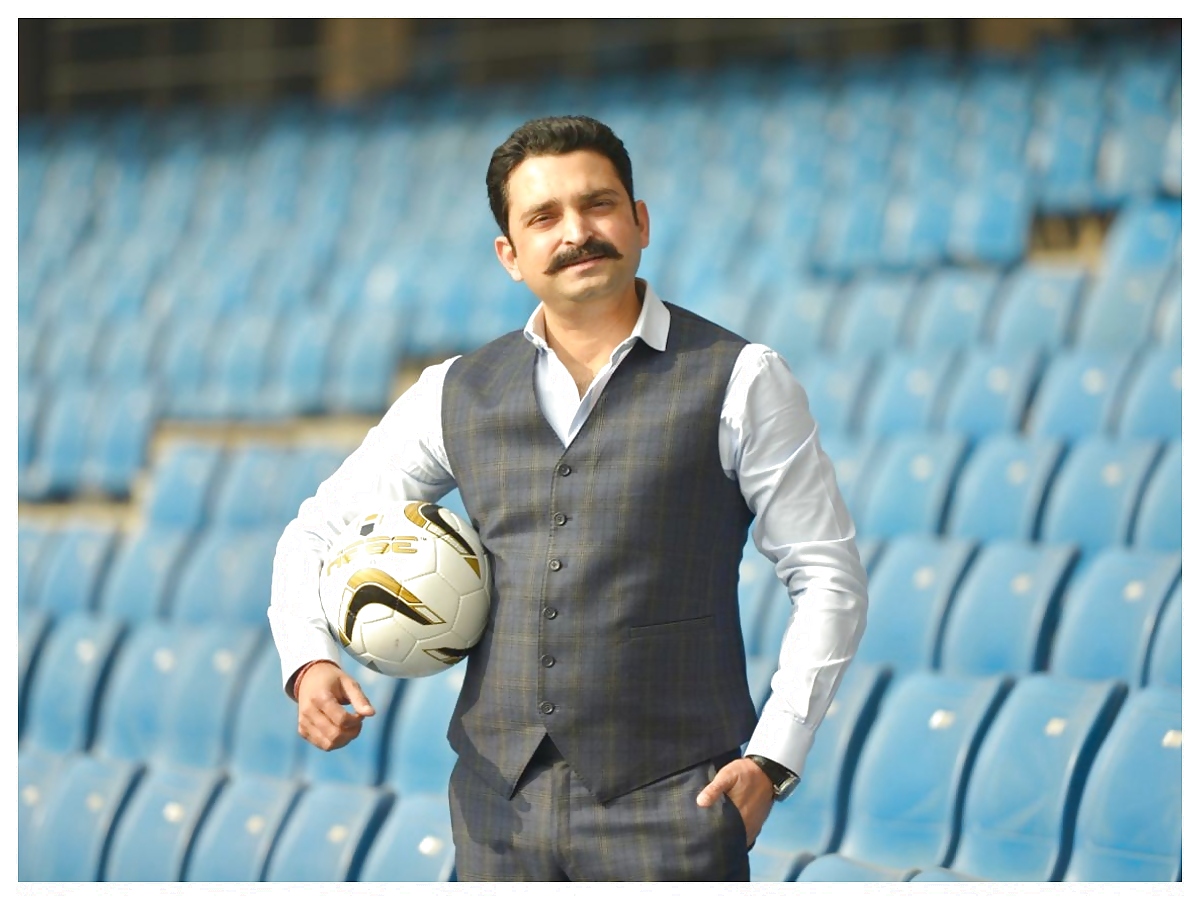
views
‘One India One Goal Initiative’ by STAIRS (Society for Transformation, Inclusion, and Recognition through Sports) aims to grow sports at the grassroots level, an Initiative that embodies government’s vision to propel India into a Sports Superpower by nurturing grassroots sports and expanding the sporting ecosystem.
“Through meticulous planning, we seek to identify and nurture talent at the grassroots, establish regional centers of excellence, and provide ample opportunities for athletes to compete and excel across 14 disciplines, ultimately aiming to secure numerous Olympic medals for India by 2036,” The STAIRS Founder and Secretary General Siddharth Upadhyay tells News18 Sports.
Upadhyay, after experimenting with different models until 2018 to grow grassroots sporting talent, expects that this newly designed model will stand the test of time for a significant period of 15 – 18 years and will not go obsolete anytime soon. This shall also run parallel to India’s dream of hosting the Olympics in 2036.
“By 2018, we realized that… it was time to change and take it to the next level because the participation of people was different. The expectation of participants and stakeholders were different,” Upadhyay narrated the journey that propelled STAIRS to the Initiative.
The Initiative is launched as a 20-year plan with a clear agenda of five 4-year-plans, the first phase of which was started in April 2023.
STAIRS divides the river into three branches and makes sure that these branches keep running, financing them in an interesting manner, depending on the goals it is trying to achieve.
The first part ‘Free to Play’ ensures free sports for every kid in the country. Every kid should be able to play for 1 hour at least daily. This is typically a CSR model and funded by the likes of ITC who did a pilot program recently along with the NGO.

The second branch of this river is termed ‘Play to Play’ and included school and college kids who are trying to level up in their sporting careers.
“We adopted 30 sports in the first year to organise district level and state level games. Delhi will host the national level finals in April,” Upadhyay said about the phase. “Approximately 2.5-3 lakh kids participated in different games.”
The third aspect ‘Play to Win’ talks about steady income generation for everyone who gets involved in the grassroots events. A championship based model like any other, it charges entrance fees from all the participants.
“80% is spent after direct expenses for the event. Only the other 20% is spent on administrative expenses,” Upadhyay gave a breakup of how they fund the initiative.
Sponsorships is also one of the sources to fund the movement. “We have left a scope of 60-80% of the amount for sponsors, like an Olympics model. Though we do not have an amazing response from sponsors, it is increasing. We are also targeting local businesses for sponsorships and it is not at its peak, but it has started,” Upadhyay explained.
Besides all the above, Upadhyay, along with his partners from other business ventures, divert a specific amount of money for the cause of grassroots sports.
Upadhyay also confirmed that while the initiative has penetrated in 458 districts in eight months after the launch, they aim to be in all 808 districts by the end of 2024.
The program also aims at engaging diverse stakeholders, from participants to policymakers. The One India One Goal Initiative has led to creation of an industry surrounding the grassroots sports. Multiple entrepreneurs have joined and are putting the efforts as event managers, sponsors, or media personnel.
Upadhyay puts emphasis on the fact that while the government’s Sports Authority of India and private entities are doing a significant job and working with athletes who can finish on the podium for India, it is difficult for them to reach the grassroots level. The STAIRS’ initiative makes sure to support these entities by scouting players from the lowest level.
Consequently, the initiative is considered a decentralised program since it allows free at will involvement of anyone and everyone.
“The top level is led by organizations and smart individuals who work things in and around IPs. The participation at this level is 5-6%. The amateur level is a participation-based model, wherein you involve schools, colleges, and other budding players. This covers 20-22% of the total sports market.
“The grassroots level allows 100% people to participate. It rises because people want to participate in it. It does not rise because someone at the top is motivating you to participate. That is why we consider grassroots movement as a decentralised movement. It is never controlled,” Upadhyay concluded.



















Comments
0 comment